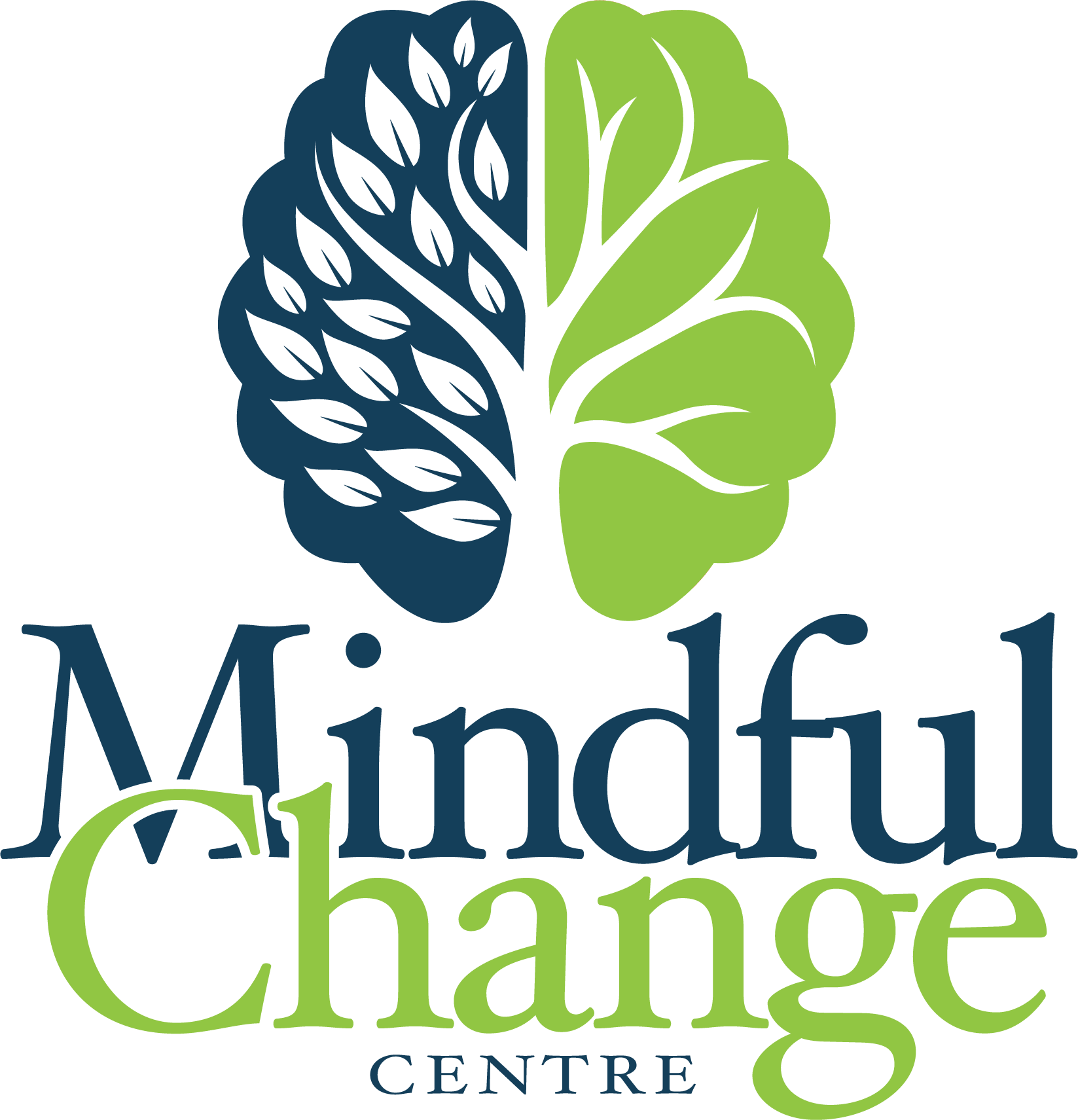If you’re like 8 out of 10 Americans, you’ll deal with lower back pain one or more times in your life.
It’s a common problem that can be disabling and finding relief through a treatment that works is often challenging.
What’s It Feel Like?
I’ve been fortunate to avoid it, but a friend of mine described it this way:
“My back would spasm so much that my upper body sat several centimeters to the side of my lower body, and it was impossible to straighten it. Trying to get comfortable was like looking for an oasis in the middle of the desert. Walking was slow and tedious, with every step sending more spasms through my back and sometimes pain down my leg. And sneezing? Sneezing felt like all my muscles might shred on the spot or completely rip off my bones. Trying to get dressed, shower, go to the bathroom, work, or do anything at all hurt and took extra time. Back pain sucks!”
Is There Hope?
Recent research published in The Journal of the American Medical Association indicates that there is.
Not only did 60.5% of the participants see a reduction in pain and have improved function at 26 weeks, but the results were also still noticeable at 52 weeks.
The study evaluated mindfulness-based stress reduction, cognitive behavioral therapy (a therapy that involved mindfulness), and usual care.
At 8 weeks there wasn’t a lot of difference, but by 26 weeks, the contrast was significant.
It’s no surprise to me that both mindfulness approaches made more of a difference than usual care and that the positive results persisted for 52 weeks afterward – possibly longer, but the study ended then.
What It Means for You
Is pain all in your head? Yes and no. It’s not like you think, “Wow. I could sure use some pain in my life right now. Yeah, that sounds fun.”
But sometimes a problem feels like the weight of the world sitting on your shoulders. If it sits there long enough, your neck and shoulders start to hurt.
And sometimes you emotionally feel unsupported in life before your lower back spasms so severely that it makes it hard to stand on your own – a more physical expression of wanting support.
So, if you struggle with health issues or pain, it’s worth investigating the role your thoughts and beliefs are playing.
If you’d like help, click here and sign up for a one-on-one Discovery Session.


